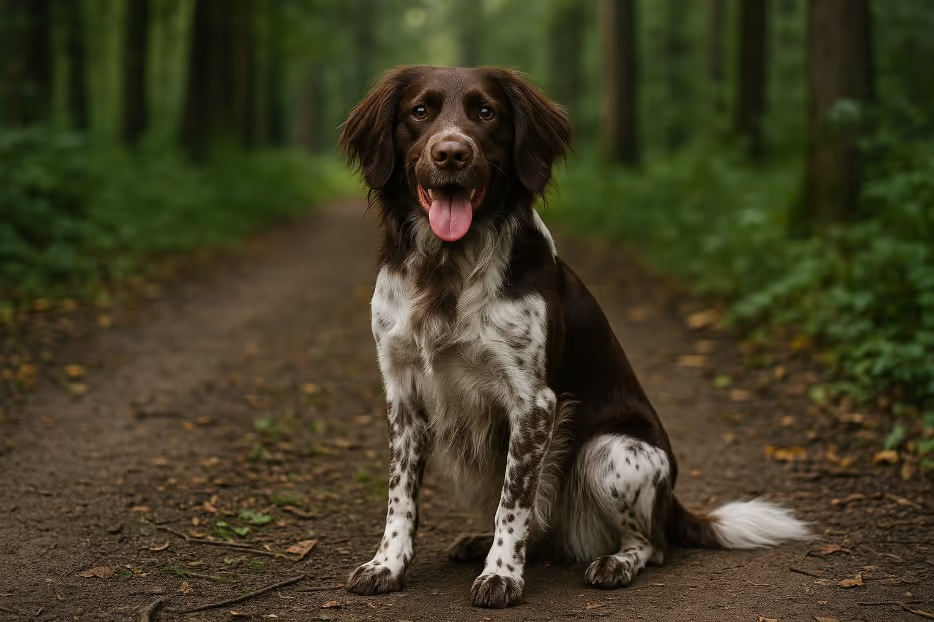The Small Munsterlander Pointer is a versatile, intelligent, and affectionate hunting dog from Germany, celebrated for its exceptional pointing, tracking, and retrieving abilities both on land and in water. Athletic yet gentle, this breed is an outstanding companion for active hunters and families who can provide plenty of exercise, training, and engagement. Known for its striking liver-and-white coat and loyal nature, the Small Munsterlander Pointer thrives in homes where it can work and bond closely with its people.

The Small Munsterlander Pointer (Kleiner Münsterländer in German) originated in the Münsterland region of Germany in the 19th century. Bred as a multipurpose hunting dog, it excels at locating, pointing, flushing, and retrieving game, including waterfowl. The breed is thought to have descended from spaniel-type hunting dogs used in Europe for centuries, refined to create a highly skilled, medium-sized gundog. It was officially recognized in Germany in 1912 and remains popular among hunters in Europe and North America.
A medium-sized, athletic dog with a dense, feathered coat.
Moderate grooming required to maintain coat and prevent matting.
A high-energy working breed that requires significant daily activity.
Highly trainable with a strong work ethic.
A balanced diet supports their energy demands and muscular build.
Generally healthy, but like all breeds, may be prone to some conditions.
Rare but available through hunting breed networks and reputable breeders.
Are Small Munsterlander Pointers good family dogs?
Yes, they are loyal, gentle, and affectionate with their families.
Do they bark a lot?
They may bark to alert but are not overly vocal.
Do they shed much?
Yes, moderately year-round with seasonal increases.
Are they easy to train?
Yes, they are intelligent and eager to learn.
Do they get along with other pets?
Yes, with proper socialization, though prey drive may be strong.
Are they hypoallergenic?
No.
How much exercise do they need?
At least 90 minutes daily.